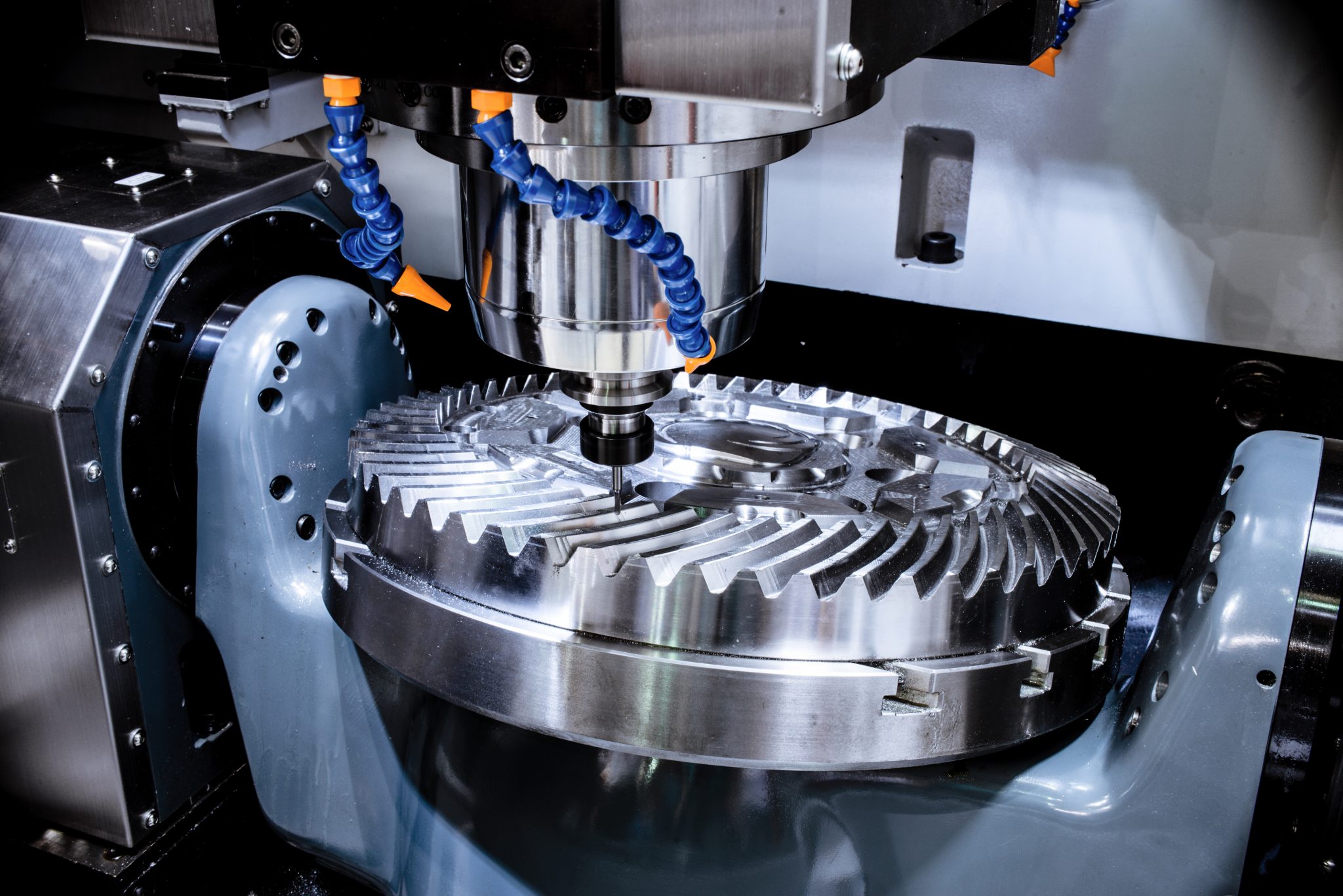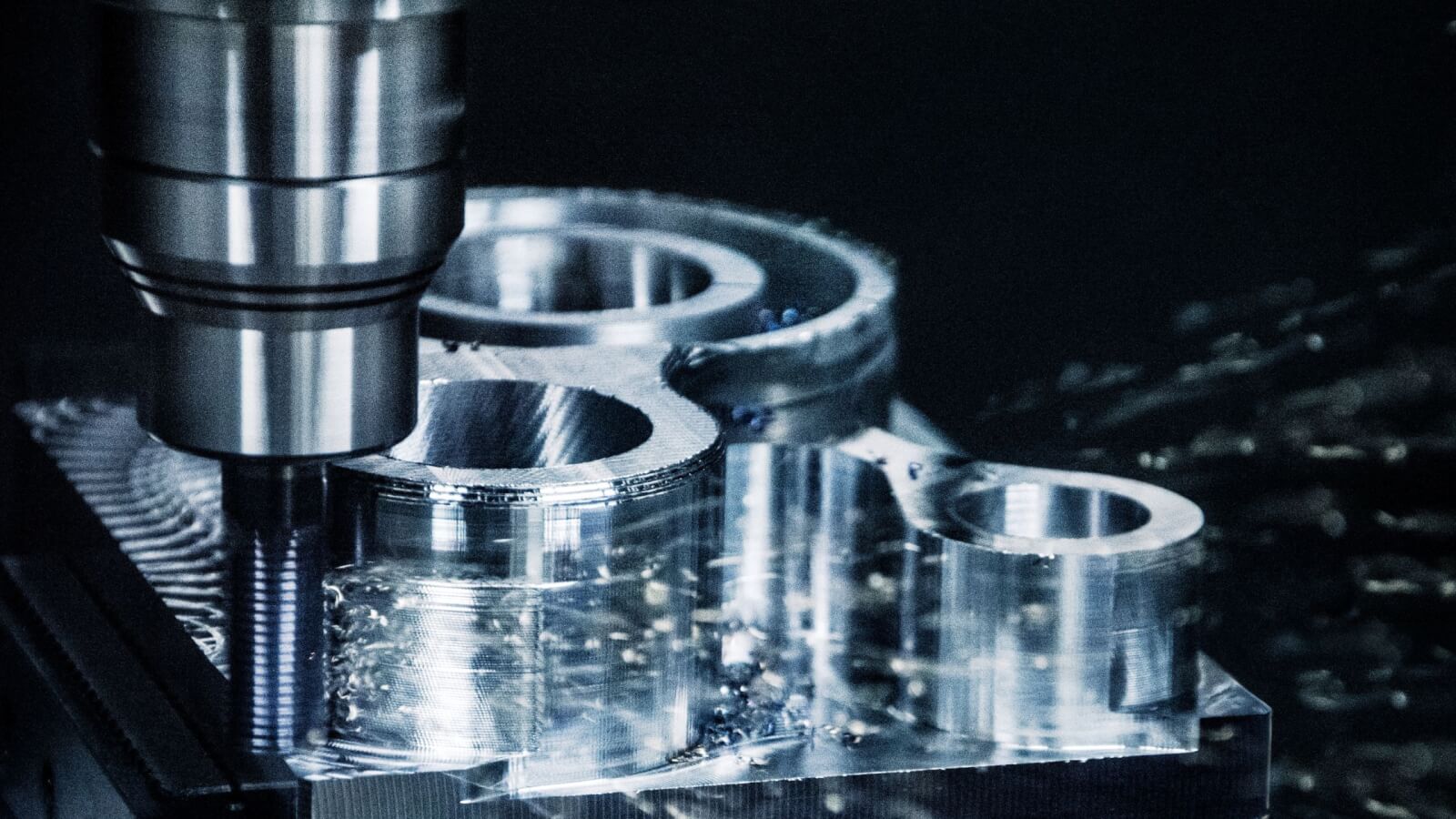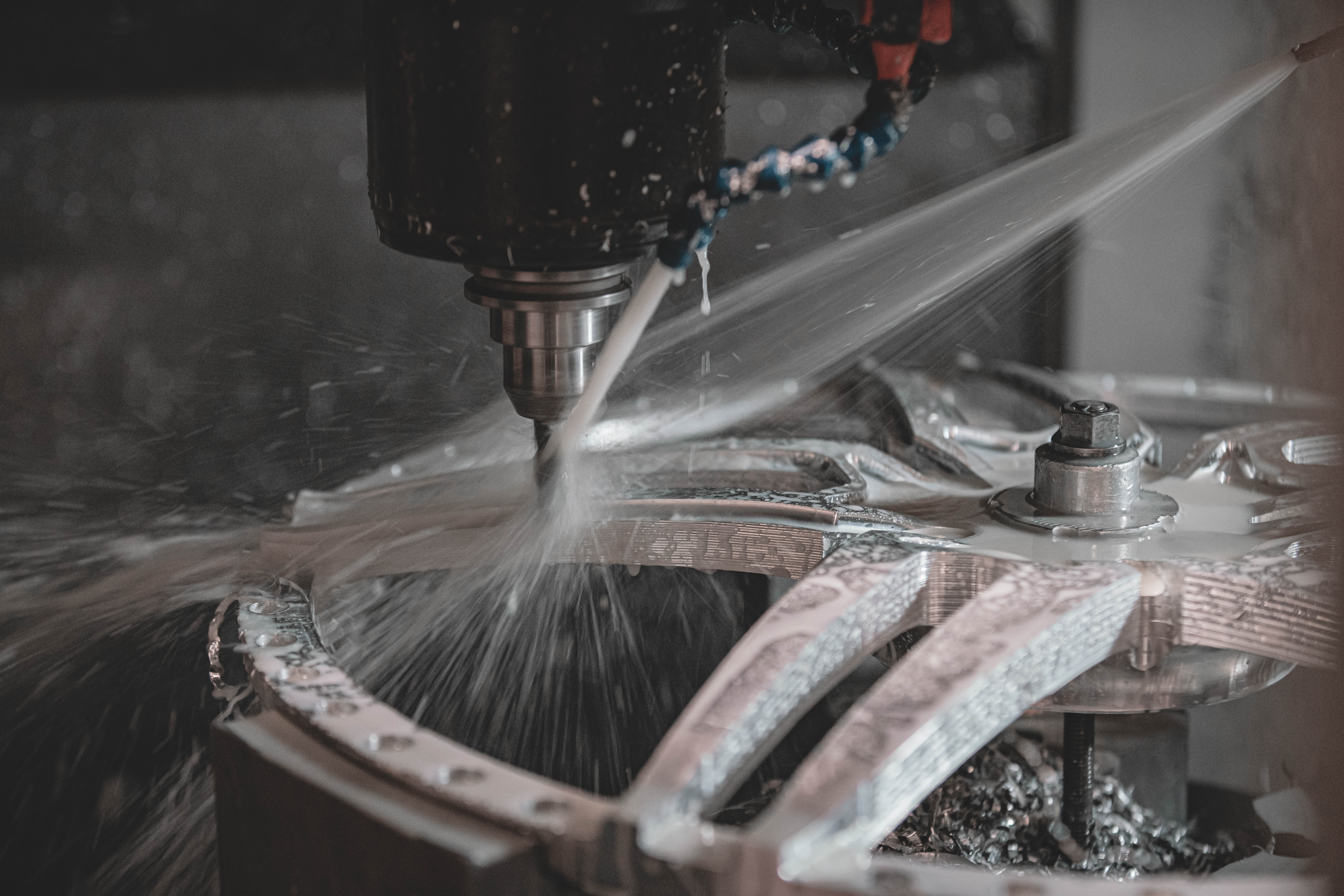Fasteners and Machining: Customized Solutions for every single Manufacturing Requirement
Fasteners and Machining: Customized Solutions for every single Manufacturing Requirement
Blog Article
Introducing the Ins And Outs of Fasteners and Machining Procedures for Ideal Performance
In the world of engineering and manufacturing, the option of bolts and the complexities of machining processes play a pivotal duty in figuring out the utmost performance and longevity of a product. From the seemingly simple task of picking the best kind of fastener to the facility precision machining strategies utilized, every action in this process needs meticulous focus to detail. As we start this exploration right into the world of fasteners and machining, we will certainly uncover the refined yet crucial variables that can significantly influence the efficiency and high quality of the last product, losing light on the often overlooked elements that can make all the distinction in attaining optimal performance.

Significance of Proper Fastener Option
Picking the proper fasteners is essential in ensuring the architectural stability and longevity of any mechanical setting up. Fasteners play a fundamental duty in holding elements together firmly, with the ideal option contributing considerably to the overall efficiency and dependability of the assembly. When picking fasteners, factors such as product compatibility, environmental problems, load-bearing capability, and ease of setup need to be carefully taken into consideration to ensure optimum performance.
Inappropriate bolt option can cause a series of problems, consisting of loosening, deterioration, and even architectural failure. Making use of fasteners that are not matched to the specific demands of the assembly can endanger its functionality and present safety and security dangers. Therefore, engineers and developers have to carefully examine the application needs and choose bolts that meet or surpass the essential standards and specs.
Moreover, the proper bolt choice process entails analyzing the joint layout, prepared for lots, resonance levels, and prospective thermal growth or contraction to make sure that the picked fasteners can endure the operating problems successfully. By focusing on correct fastener selection, producers can improve the high quality, resilience, and performance of their mechanical assemblies.
Types and Qualities of Fasteners
A crucial facet of mechanical settings up hinges on recognizing the varied kinds and one-of-a-kind characteristics of fasteners made use of in numerous commercial applications. Bolts are critical parts that hold frameworks together, making sure stability and performance. There is a large range of fasteners available, each designed for specific objectives based upon the application demands. Typical types of fasteners consist of screws, screws, nuts, pins, rivets, and washers.
Screws are threaded bolts that are typically used to join 2 or more parts together. Bolts are comparable to screws however are usually used with a nut to develop a safe and secure joint. Nuts are inside threaded fasteners that mate with bolts to hold parts together. Washing machines are thin plates that distribute the lots of a fastener, protecting against damage to the material being secured. Rivets are long-term bolts that are hammered or pressed into area. Pins are utilized for alignment or to protect components briefly.
Recognizing the characteristics of each kind of fastener is important for choosing the best one for a specific application, guaranteeing optimal performance and reliability of the mechanical assembly. Fasteners and Machining.
Precision Machining Techniques for Performance
The complex design needs of different bolts require employing accuracy machining techniques for optimum effectiveness in manufacturing procedures. One of the primary methods used in accuracy machining is Computer system Numerical Control (CNC) machining, which allows high degrees of accuracy and repeatability in the manufacturing of fasteners.
By using accuracy machining strategies, manufacturers can enhance the quality of fasteners, decrease material waste, and enhance total manufacturing performance. The usage of innovative machining processes helps guarantee that fasteners satisfy market requirements and client expectations for performance and dependability.

Aspects Affecting Machining Refine Performance
Numerous variables play a significant function in determining the efficiency of machining procedures in the manufacturing of bolts. The first important factor is the selection of cutting tools. Picking the appropriate tools based upon the product being machined, desired surface, and reducing speeds can considerably influence the efficiency and high quality of the machining procedure. In addition, the cutting criteria such as reducing rate, feed price, and depth of cut are essential variables that affect performance. Fasteners and Machining. Enhancing these specifications based on the details demands of the fastener being produced is key to attaining cost-efficient and precise machining.
Machine rigidity and security additionally play an essential role in identifying machining process performance. A secure equipment with marginal resonances can improve accuracy and prevent tool wear, causing far better general performance. The ability and experience of the device operator can not be underestimated. A well-informed driver can make real-time adjustments, troubleshoot concerns successfully, and make sure that the machining procedure runs smoothly, ultimately affecting the last high quality of the fastener.

Quality Assurance Actions in Production
Factors influencing machining process efficiency, such as reducing device option and machine stability, straight influence the execution of quality assurance actions in production. Quality assurance procedures are necessary in making certain that items satisfy the needed specs and standards. In the production procedure, different techniques are employed to keep top quality requirements. Evaluation and testing play a crucial duty in recognizing any check this type of discrepancies from the wanted result. Routine maintenance of machining tools is likewise vital to promote top quality control. Calibration of equipments and tools is necessary to make certain precise and accurate manufacturing procedures. Additionally, applying standard operating procedures and procedures can assist in keeping uniformity and quality throughout the assembly line. Quality control gauges not only concentrate on the end product however also on every phase of the manufacturing process to avoid errors and issues. By adhering to stringent high quality control measures, suppliers can improve customer satisfaction, develop a track record for reliability, and eventually achieve optimum performance in their machining procedures.
Verdict
In conclusion, choosing the ideal bolts and making use of accuracy machining strategies are important for ideal efficiency in making procedures. Recognizing the kinds and characteristics of fasteners, together with variables affecting machining process performance, can cause enhanced effectiveness and high quality control procedures. By taking notice of these ins and outs, makers can accomplish higher levels of performance and reliability in their items.
In the world of design and manufacturing, the choice of fasteners and the complexities of machining processes play a pivotal duty in establishing the utmost efficiency and toughness of a product (Fasteners and Machining). One of the primary techniques made use of in accuracy machining is Computer Numerical Control (CNC) machining, which makes it possible for high degrees of accuracy and repeatability in the production of bolts. The use of advanced machining procedures assists guarantee Continued that fasteners fulfill market standards and consumer expectations for performance and integrity
In final thought, selecting the ideal fasteners and making use of precision machining strategies are crucial have a peek at these guys for ideal performance in producing processes. Recognizing the types and features of fasteners, along with factors affecting machining process efficiency, can lead to improved performance and quality control actions.
Report this page